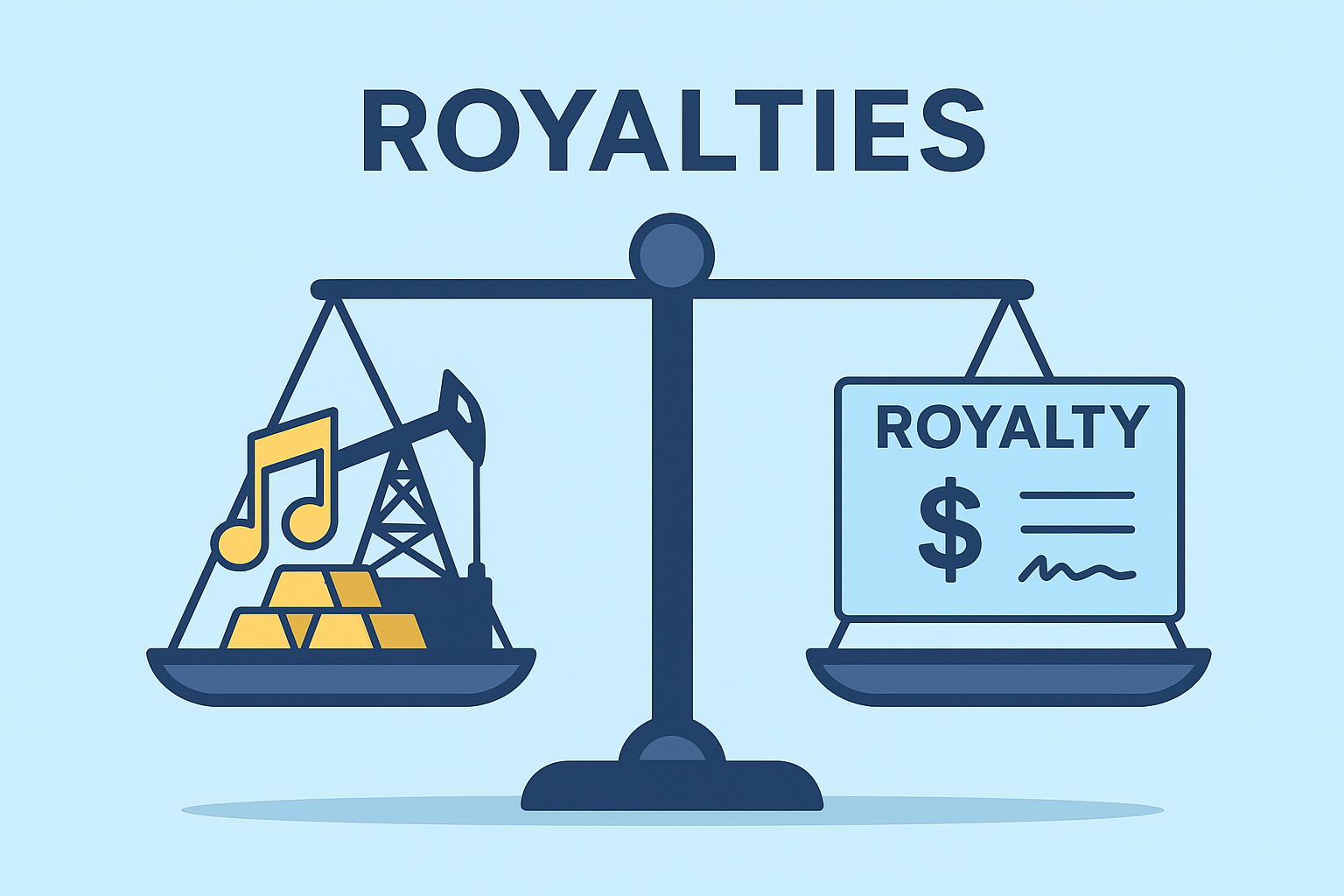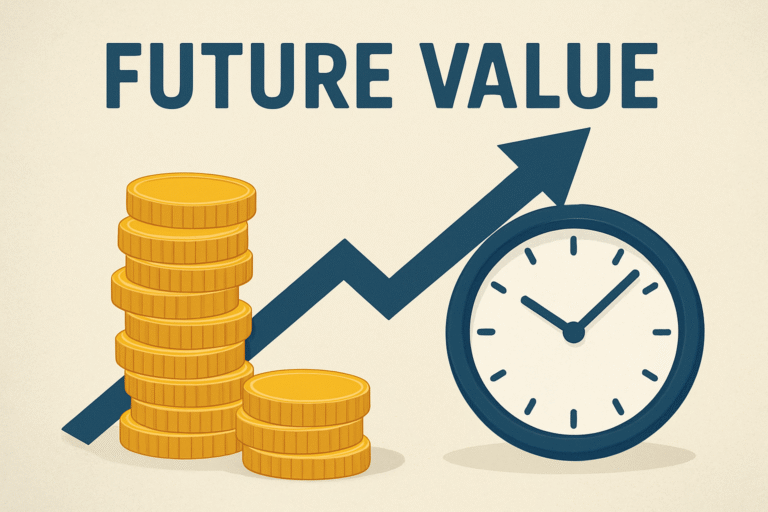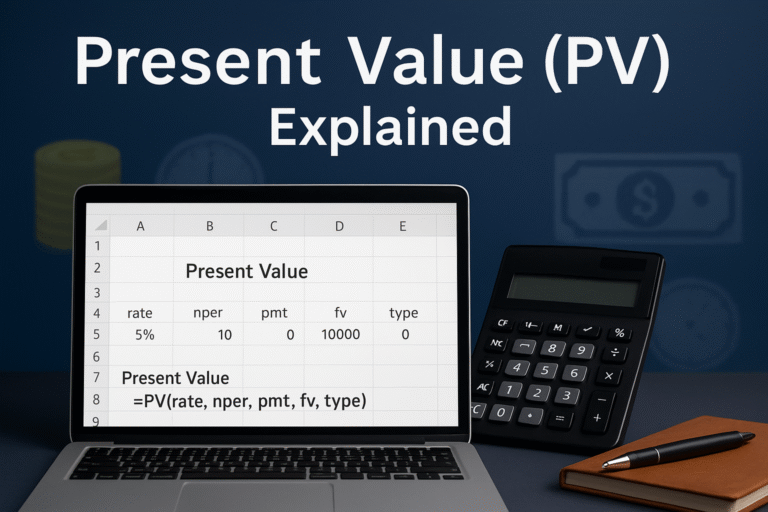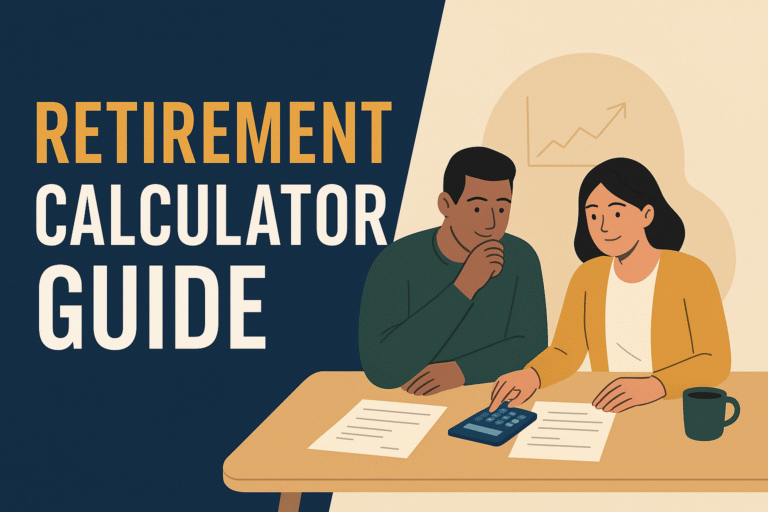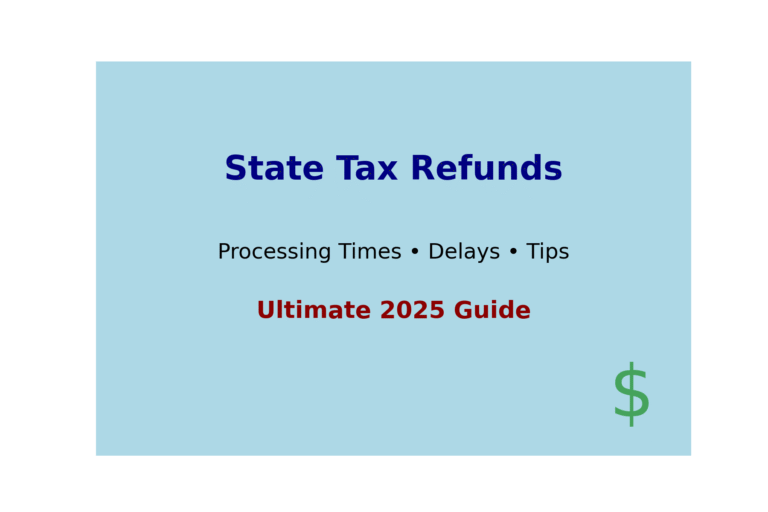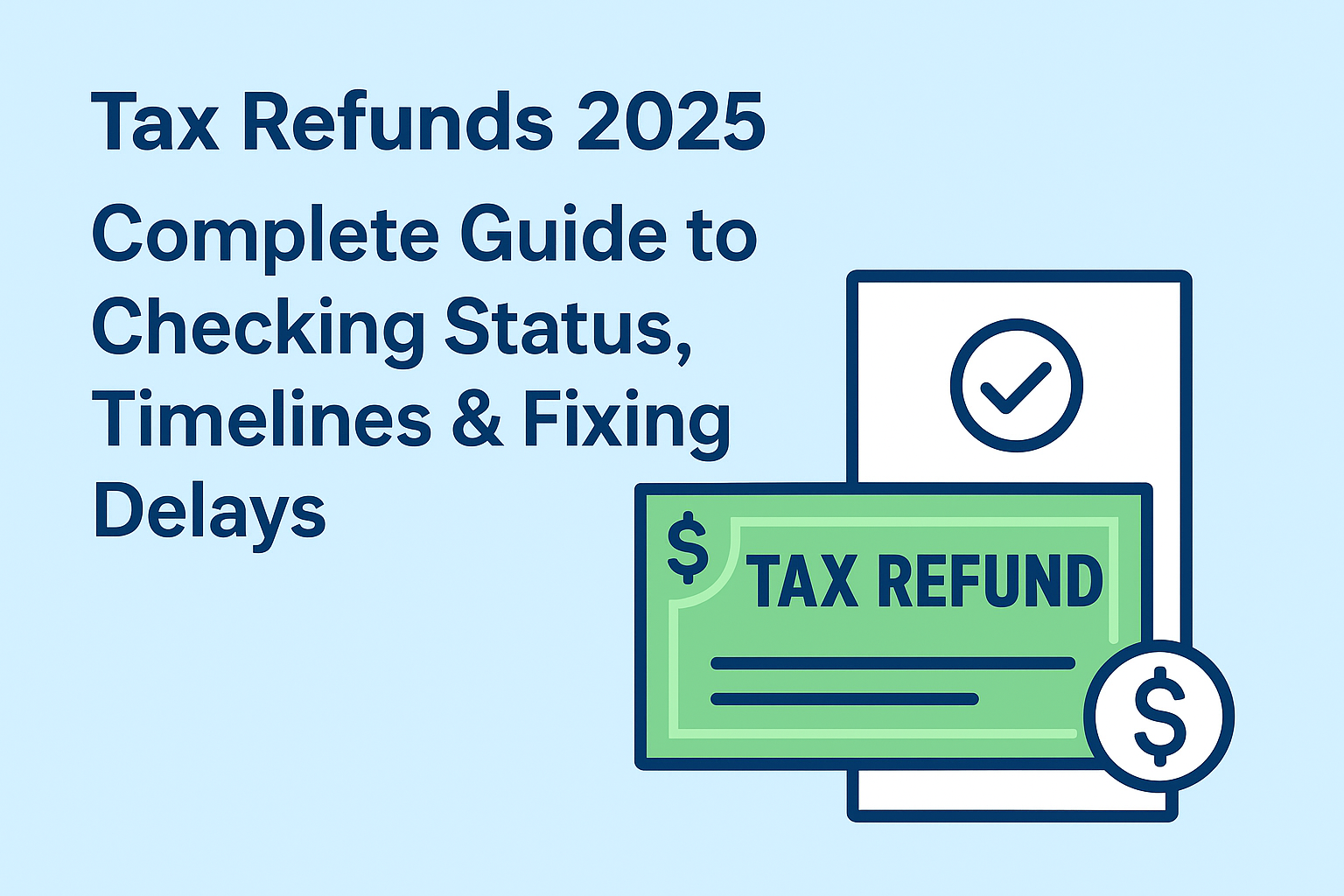If you want to know whether a company’s dividend is safe, there’s one number you can’t ignore: the payout ratio. After 8+ years in financial markets, I can tell you this ratio is one of the first things professionals check when judging dividend sustainability.
In simple terms, the payout ratio shows how much of a company’s earnings are returned to shareholders as dividends versus how much is reinvested for growth.
Get this wrong, and you could end up holding a stock that slashes its dividend when times get tough. Get it right, and you’ll find companies that steadily reward investors while growing stronger over time. Investopedia: Payout Ratio
TL;DR — Quick Takeaways on Payout Ratio
Payout ratio = dividends ÷ net income (or DPS ÷ EPS).
A low payout ratio = room for growth; a high payout ratio = possible risk.
Industry matters: utilities & REITs run high; growth stocks run low.
Watch for ratios >100% — often a sign of unsustainable dividends.
Best use: track trends, compare across industries, and pair with cash flow.
What Is the Payout Ratio?
The payout ratio (PR), also called the dividend payout ratio, measures the percentage of a company’s earnings that is paid to shareholders in dividends.
Payout Ratio = Dividends Paid / Net Income
Or, per share:
PR= Dividend per Share (DPS) / Earnings per Share (EPS)
For context, compare it with dividend yield. While yield shows how much cash you receive relative to the stock price, the payout ratio tells you how much of the earnings the company spends to provide that yield.
Retention Ratio vs Payout Ratio
The retention ratio is simply the opposite of the payout ratio:
Retention Ratio = 1 − Payout Ratio
- Payout ratio = how much is given to shareholders.
- Retention ratio = how much is kept for reinvestment.
This tug-of-war explains whether a company prioritizes dividend income today or growth tomorrow.
How to Calculate Payout Ratio (Step by Step)
Example with Company XYZ:
- Net income: $2,000,000
- Dividends paid: $500,000
Payout Ratio=500,000 / 2,000,000 = 25%
EPS vs. DPS version:
- EPS = $5
- DPS = $1.25
- Payout = $1.25 ÷ $5 = 25%
Pro tip: Always deduct preferred dividends before calculating payout for common shareholders (SEC 10-K filings disclose this).
Payout Ratio Benchmarks by Industry (2025 Data)
| Sector | Average Payout Ratio (S&P 500, 2025 est.) | Notes |
|---|---|---|
| Utilities | 72% | Stable earnings support higher payouts |
| Consumer Staples | 55% | Balance between dividends & reinvestment |
| Industrials | 45% | More cyclical; moderate ratios |
| REITs | 85%+ | Required to distribute most income |
| Tech | 22% | Favor growth reinvestment |
| Energy | 38% | Volatile cash flows; payout varies widely |
Source: Morningstar, S&P Global, SEC filings.

Case Studies: How Payout Ratios Differ by Company
| Company | Payout Ratio | What It Means | Investor Lesson |
|---|---|---|---|
| Apple (AAPL) | ~15–20% | Focuses on reinvestment; modest yield | Low payout ratio = room for growth and consistent dividend increases |
| AT&T (T) | 70–90% (pre-2022 cut) | High debt and aggressive payout policy | Overly high payout ratios can force dividend cuts |
| Realty Income (O) | ~80–85% | REITs must distribute most income by law | High ratios can be sustainable in certain sectors |

PR Trends (2019–2023)
The line chart below highlights how payout ratios can tell very different stories depending on the business model:
- Apple (AAPL): Apple’s payout ratio declined from ~25% in 2019 to ~17% in 2023. This reflects its reinvestment-first strategy, prioritizing buybacks and growth while still delivering steady dividend increases. A low payout ratio signals strong dividend safety and room for future raises.
- AT&T (T): AT&T’s payout ratio peaked near 95% in 2019, leaving little margin for reinvestment. Mounting debt and heavy dividend obligations forced the company to cut its dividend in 2022, lowering its payout ratio to ~70% by 2023. This is a classic cautionary tale: too high a payout ratio can corner management into cutting dividends.
- Realty Income (O): Unlike Apple or AT&T, Realty Income’s payout ratio has remained consistently high (82–85%). As a REIT, it is legally required to distribute most of its income. Investors value this stability, and the high payout ratio is considered sustainable in this industry. Federal Reserve FRED Data

Investor takeaway:
A payout ratio of 80% in AT&T signals risk, while the same 80% in Realty Income signals reliability. Context sector norms, business model, and cash flow are everything when evaluating payout ratios.
Red Flags & Risks
Over 100% payout ratio = dividends funded by debt or cash reserves.
Earnings volatility = spikes in payout ratio during downturns.
Shrinking free cash flow = dividends harder to sustain.
Dividend cuts = often preceded by high payout ratios (see AT&T).
Using Payout Ratio in Investment Strategy
- Dividend safety screens: Filter out >80% ratios (except REITs/utilities).
- Valuation models: The Gordon Growth Model links payout ratio to dividend growth.
- Portfolio health: Monitor payout ratio trend over time.
Example:
If a stock’s payout ratio rose from 40% to 75% in 5 years without EPS growth, the dividend risk is rising.
Limitations & Common Mistakes
- Net income ≠ cash flow.
- Sector differences: Comparing Apple to Realty Income is misleading.
- Buybacks matter, but aren’t captured in the basic payout ratio.
- One-year spikes may not tell the whole story.
How to Monitor in Your Portfolio
- Annual check: review payout ratio in 10-K/annual report.
- Trend analysis: rising ratio + flat earnings = red flag.
- Compare peers: use industry averages, not absolute numbers.
- Stress test: model dividends if earnings drop 20–30%.
The company pays no dividend, keeping all earnings. Common for growth firms.
Not always normal for REITs, dangerous for most other sectors.
Yield = dividends ÷ price. Payout ratio = dividends ÷ earnings.
Cash payout is more reliable, especially for cyclical firms.
Boards frequently adjust dividends as strategy shifts.
Generally, 30–60%, but industry context matters.
They don’t unless you calculate the augmented payout ratio.
Conclusion
The payout ratio is simple but powerful. It shows how much a company rewards shareholders versus reinvests.
On its own, it can mislead. Combined with cash flow, industry benchmarks, and long-term trends, it becomes one of the best tools for judging dividend sustainability.
Smart investors use the payout ratio as a first filter, not the final decision.
Author Bio
Written by Max Fonji, founder of TheRichGuyMath.com. With 8+ years of market experience, Max explains investing in clear, data-driven, beginner-friendly language to help readers build wealth smarter.
Disclaimer
This article is for educational purposes only. It is not financial advice. Always consult a licensed professional before making investment decisions.


